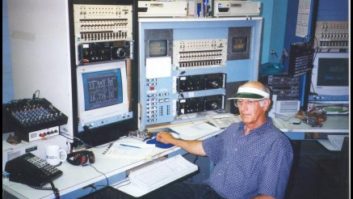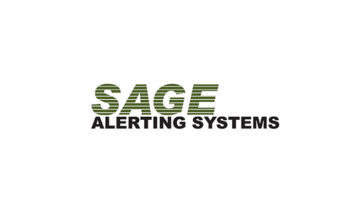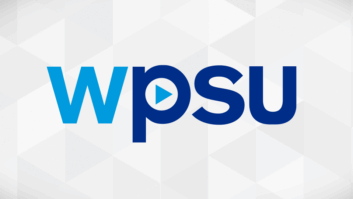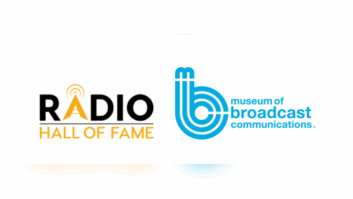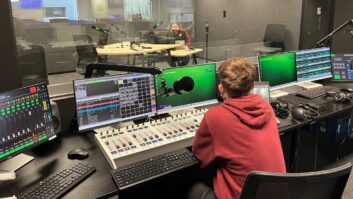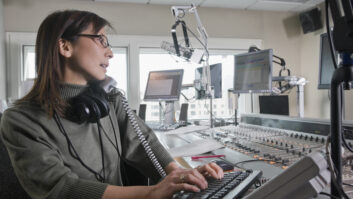Last Saturday, more than 150 listeners across the U.S., Italy, France and Japan huddled by their radios to decipher a series of Morse Code transmitted by the Maritime Radio Historical Society.
MRHS was formed on July 12, 1999, the date of the supposed last commercial Morse transmission in the U.S. Today, the group operates stations KPH, KFS, KSM and, on amateur frequencies, K6KPH. In addition to honoring the craft of maritime radio, KPH also hosts a number of events — most recently, an over-the-air cryptographic challenge.
A Quick History Lesson
During the Cold War era, “numbers stations” were frequently heard on the shortwave bands by radio amateurs and SWLs (shortwave listening). Using voice or Morse Code, these stations would broadcast encrypted messages in the form of five-letter groups of numbers.
The encryption methods used by number stations are widely believed to use a one-time pad (OTP) procedure: the simple addition (or subtraction) of a set of random numbers from the OTP to encode (or decode) the cleartext. Once used, the OTP key was never re-used and destroyed after use. “Number stations still offer a powerful advantage in our modern world: provably unbreakable security and complete anonymity,” says MRHS on its website. “All the recipient needs are the OTP, a shortwave radio and to be on the right frequency at the right time.”
KPH’s Crypto Transmission
On Jan. 20, KPH transmitted a coded message consisting of five-digit groups. The message was encrypted using typical Cold War numbers station cryptographic procedures. All KPH listeners were invited to try their hand at receiving and decrypting the message.
To recap the event, and to learn more about KPH, Radio World chatted via email with Bill Ruck, one of KPH’s passionate volunteers.
Radio World: Can you share a little bit about KPH’s history?
Bill Ruck: When the maritime business collapsed the [former KPH] licensee sold the license and shut down the transmitters. The founders of the Maritime Radio Historical Society went to Point Reyes National Seashore with a proposal to operate the station. They accepted the proposal and now we operate, maintain and interpret the station for visitors in partnership with Point Reyes National Seashore. It is now a National Park Service Historical Site and on its way — very slowly — to becoming a NPS Museum.
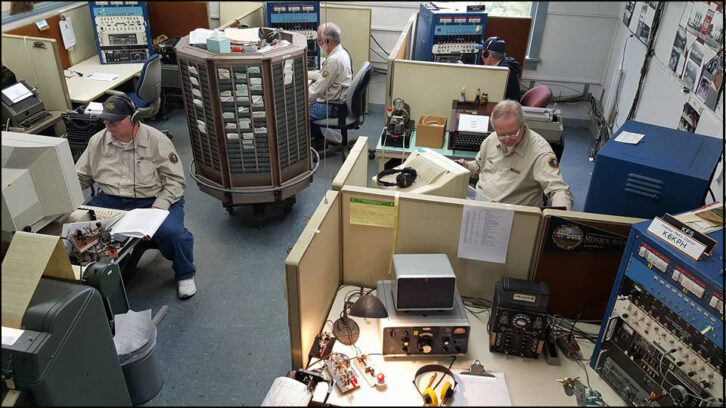
RW: How often does KPH hold events like this past weekend’s crypto transmission?
Ruck: It takes a lot of time to put this together but we really want to do a crypto event twice a year. This is our third crypto event. The first two used Enigma (German WWII system) encryption.
RW: What was your role with the event, and at KPH in general?
Ruck: While I really like to work on equipment lately I have mostly been “interpreting,” giving descriptions of what we do at KPH to visitors. Last Saturday, I explained not only the history of KPH but what we were doing, and kept the visitors from annoying the operators sending the five number groups.
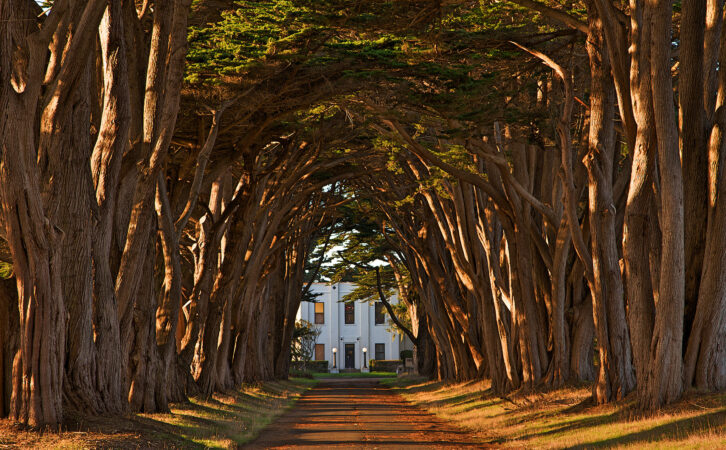
RW: How and why did you get involved at the station?
Ruck: Long story. One of my high school friends worked for Radio Corporation of America (RCA) in downtown San Francisco part time at night. When he graduated he became the teletype operator at Point Reyes. I used to hang out with him while he worked and saw KPH in full operation about 50 years ago. Then, years later, a mutual friend invited me to join, not knowing my previous experience at KPH. It was too easy to get sucked in.
I have an active interest in the history of technology, especially radio, and to be involved in a radio station that dates back to 1905 is heaven for me.
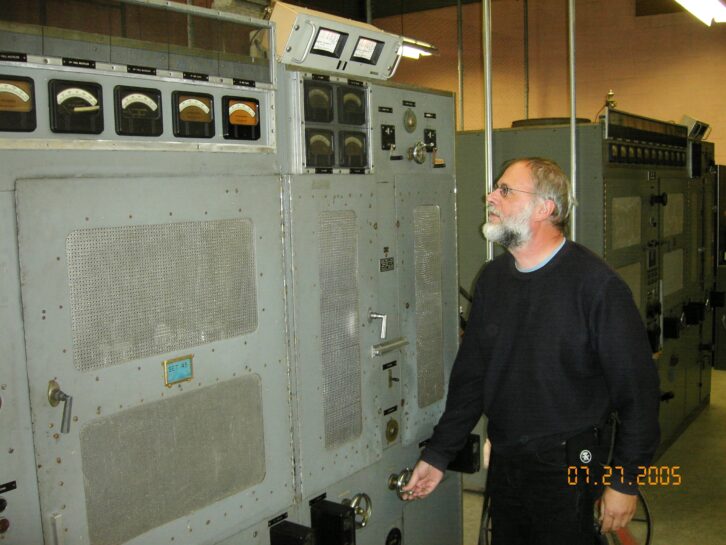
RW: What kind of programming does KPH do outside of these events?
Ruck: Every Saturday we broadcast marine news and weather in both Morse Code and teletype. There are a few, mostly historic, ships that have the equipment and operators to send messages in Morse. If you take a SS Jeremiah O’Brian San Francisco Bay Cruise (which is highly recommended) you can go to the ship’s radio officer, fill out a radiogram blank and watch as the radio officer sends the message to us. We then forward that message via email. We also send the JOB “Air raid Pearl Harbor. This is no drill” just because we can.
We also operate on amateur HF bands under the call K6KPH. Same thing — hand-sent Morse Code.
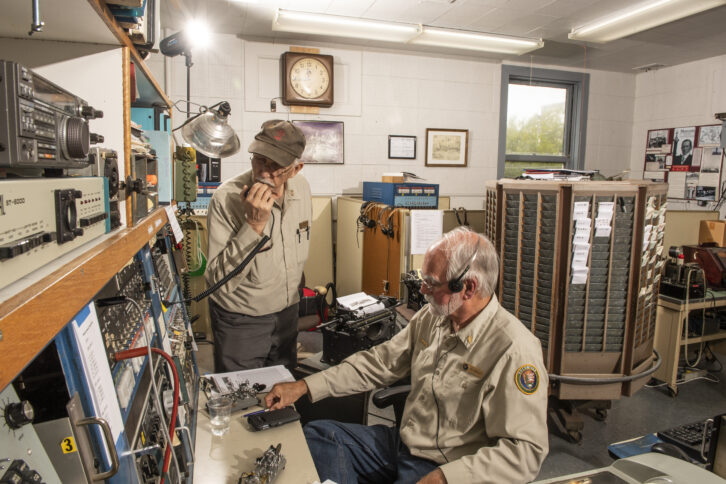
RW: How many volunteers help to keep the station running?
Ruck: We have about eight regulars and a few more that come by once in a while. We NEED more volunteers.
RW: Why is keeping the art of Morse transmissions alive important to KPH, and you?
Ruck: For almost 100 years maritime radio was the only contact between a ship at sea and land. Until the 80’s this was almost all hand-sent Morse Code. Gradually, several technologies took over and today a ship sends email via satellite. We honor the men, and some women, that were radio officers at sea.
I tell visitors “We do the radio equivalent of a Civil War re-enactment.” There is no money in hand-sent Morse Code anymore, but by keeping the single operational Coastal Marine Station in the U.S. on the air — even if only Saturdays — is living history. While the KPH project is well known in our limited circles, my goal is to get the word out as much as possible.
So, What Was Transmitted?
Here’s the Numbers message as sent (both CW and RTTY):
CQ CQ CQ DE KPH KPH KPH
CQ CQ CQ DE KPH KPH KPH
NUMBERS MESSAGE FOLLOWS
=
447 447 447
=
14408 22398 89277 37674 58289
07722 15378 84975 30552 61128
69986 02108 68467 10079 92331
32982 54092 37446 22905 15340
17129 81152 39418 67073 25414
81456 43361
=
And here is the cleartext:
CURRENT OP COMPROMISED. ABORT.
TRAVEL IMMEDIATELY TO ISTANBUL VIA SWISS PASSPORT.
CONTACT AGENT MAX. DANGER, INSIST ON MOSCOW RULES.
BURN AFTER READING.
One of the event’s participants followed orders and sent the below video to KPH.
Visit KPH’s website for more information on its history and future events.
Submit business announcements to [email protected].
